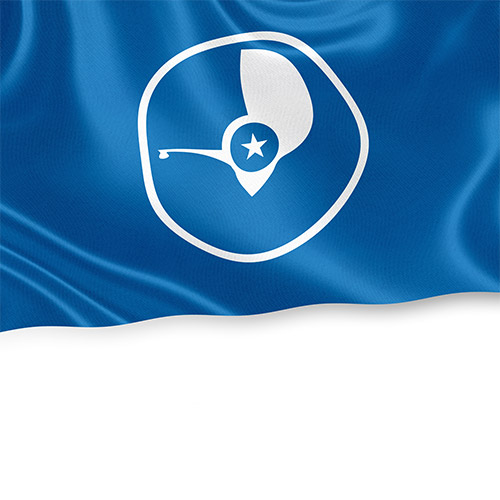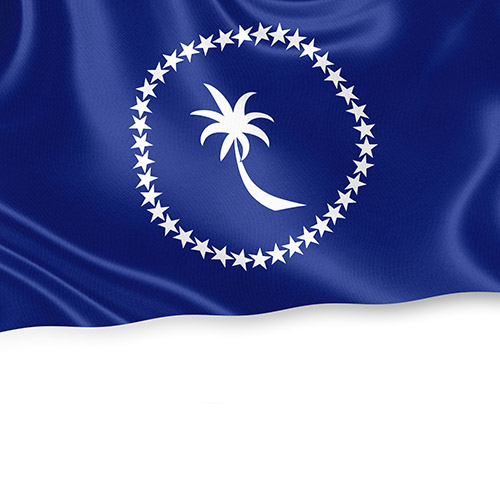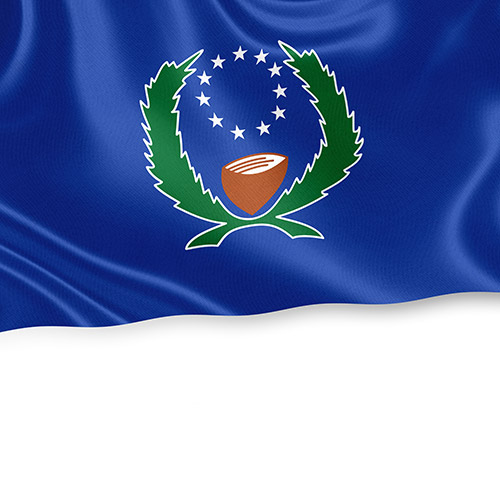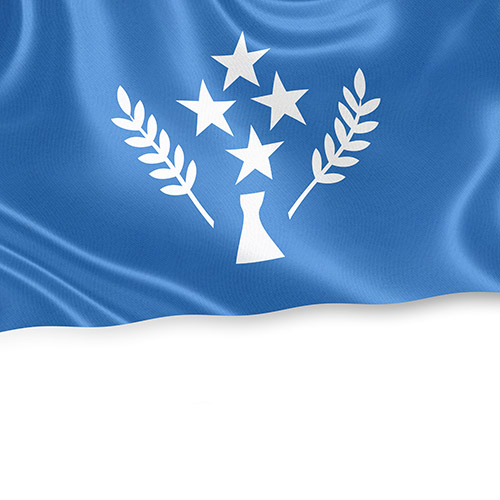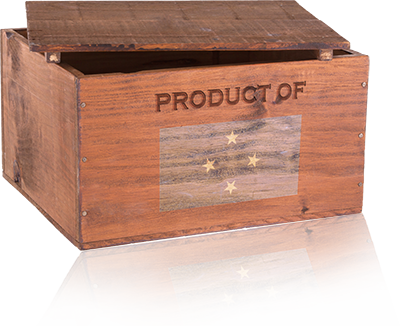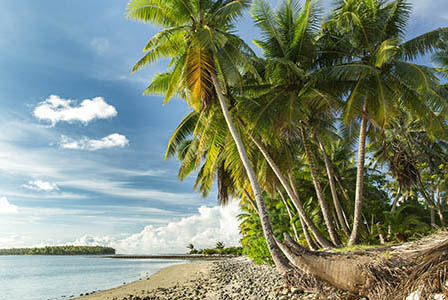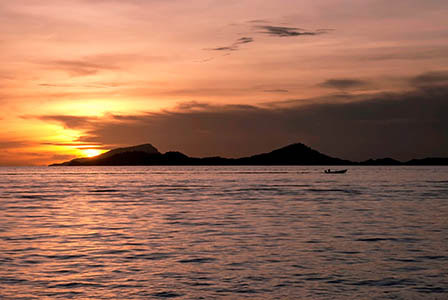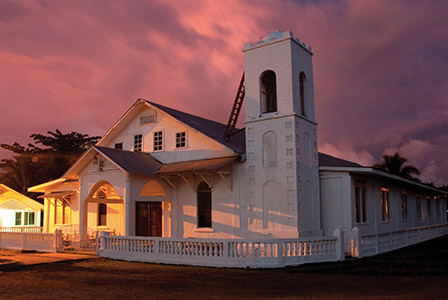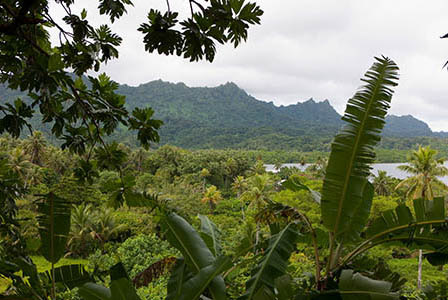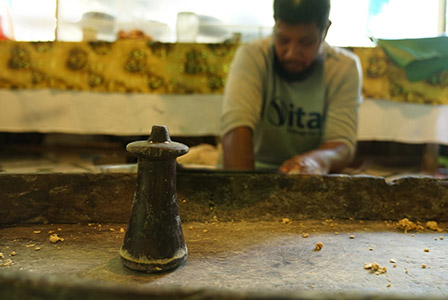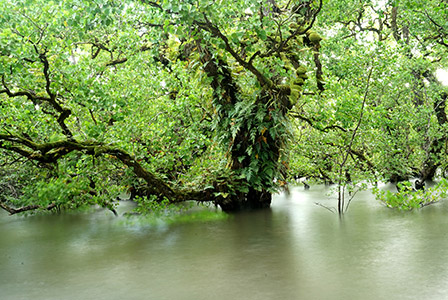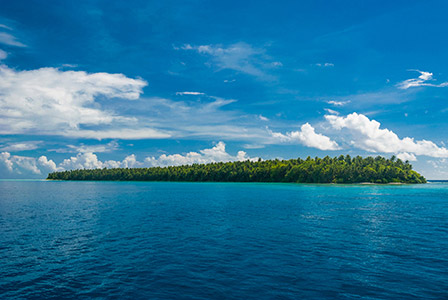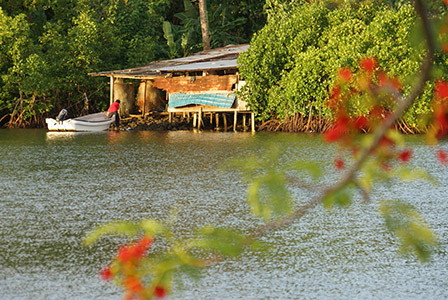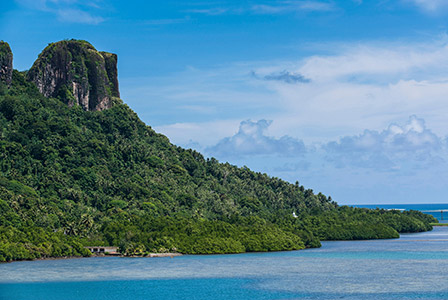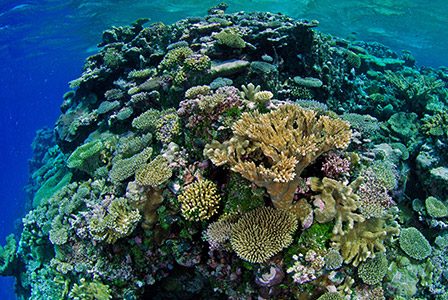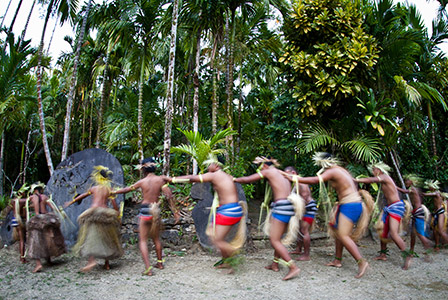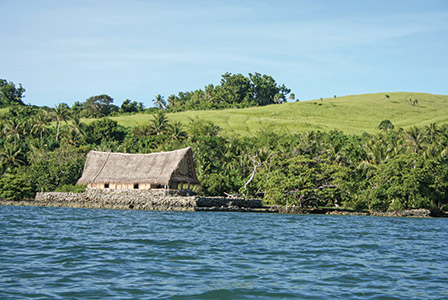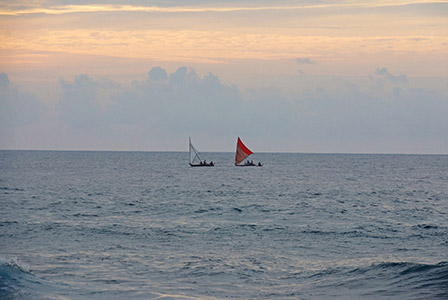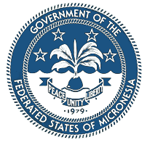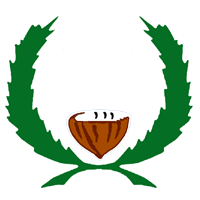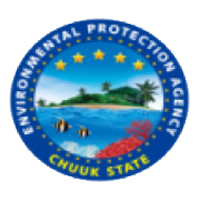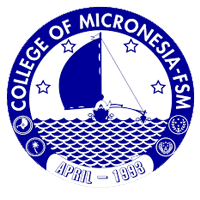Acknowledgements
This Atlas is a collaborative project conducted by:
Island Research & Education Initiative (iREi),
FSM Department of Environment, Climate Change & Emergency
Management (DECEM) , and
Water and Environmental Research Institute of the Western
Pacific (WERI)
University of Guam (UOG), with funding from the
FSM National Government and the
United States Geological Survey (USGS)
The Atlas core team are:
Chief editor:
Danko Taboroši
Co-editor:
Maria Kottermair
Controllers:
Snyther Biza
Skiis Dewey
Advisors:
Andrew Yatilman
Cynthia Ehmes
John W. Jenson
Joseph D. Rouse
Myeong-Ho Yeo
Lara Payne
Shahram Khosrowpanah
Developer:
Ibrahim Mohammed
Zohaib Khalid
Cartographers:
Jan Rykr
Daniella Levin
The Atlas would certainly not be as comprehensive as it is without
the data-sharing agreements and support we have received over the
years from the following key partners and contributors:
USDA Natural Resources Conservation Service (NRCS)
Yap State Department of Resources and Development (Yap R&D)
Pohnpei State Department of Education (Pohnpei DOE)
Chuuk State Environmental Protection Agency (Chuuk EPA)
College of Micronesia (COM-FSM)
Pacific Disaster Center (PDC)
Numerous other organizations contributed to this Atlas in
different ways and at different stages of the project. The most
significant among them are:
Chuuk Visitors Bureau (CVB)
FSM Department of Resources and Development (FSM R&D)
FSM Telecom
Kosrae Island Resource Management Authority (KIRMA)
Kosrae State Historic Preservation Office (Kosrae HPO)
NOAA National Geodetic Survey (NGS)
NOAA National Weather Service (NWS)
NOAA Office for Coastal Management (OCM)
The Nature Conservancy (TNC)
Yap Community Action Program (Yap CAP)
Yap Department of Health Services (Yap DHS)
Yap State Historic Preservation Office (Yap HPO)
We have also received major support from the following
individuals, to whom we extend special thanks:
Tony Kimmet, USDA-NRCS National Geospatial Center of Excellence
Drew Decker, USGS National Geospatial Program
Ross Winans, NOAA Office of Coastal Management
The maps, and indirectly other information in the Atlas, were
reviewed and improved based on the comments by the following
individuals knowledgeable about their respective islands.
Yap:
Joshua Libyan Tun, Yap DOE
Francis Ruegorong, Yap Department of R&D
Douglas Marar, Chuuk Visitors' Bureau
Chuuk:
Brad Mori, Chuuk EPA
Curtis Graham, Chuuk Conservation Society
Douglas Marar, Chuuk Visitors' Bureau
Pohnpei:
Peterson Anson, Pohnpei State Department of Land
Jocyleen Anson, FSM Telecom
Kosrae:
Blair Charley, KIRMA
Betwin Tilfas, KIRMA
Ashley Meredith, Kosrae HPO
Numerous other individuals assisted this project in many different
ways, from providing advice and existing data layers to carrying
out field verifications and creating new data layers specifically
for this Atlas. In alphabetical order, we thank:
Itorie Amond,
FSM Department of Resources and Development
Mike Aulerio,
The Nature Conservancy
John Paul Batarao,
student, University of Guamy
Julie Callebaut,
Secretariat of the Pacific Regional Environment Programme
Ed Carlson,
NOAA National Geodetic Survey (NGS)
Matthew Chigiyal,
FSM National Oceanic Resource Management Authority
Gretchen Chiques,
ESRI
Jacquline Hazen,
Island Research & Education Initiative
Mandy Flowers,
Island Research & Education Initiative
Wolf Forstreuter,
Pacific GIS & Remote Sensing Council
Vaness Fread,
Yap Community Action Program
Joyminda Palokoa George,
UNICEF
John Gilmatam,
Wa'ab Community Health Center / Yap Department of Health
Services
Chip Guard,
NOAA National Weather Service
William Jeffery,
University of Guam
Brihmer Johnson,
FSM Department of Resources and Development
Bart Lawrence,
U.S. Department of Agriculture - Natural Resources
Conservation Service
Len McKenzie
James Cook University,
Nate Peterson,
The Nature Conservancy
Larry Raigetal,
Waagey
Bruce Robert,
College of Micronesia
Nely Mori Ruben,
Chuuk Visitors Bureau
Constance Sartor,
student, University of Guam
Sharon Sawdey,
Natural Resources Conservation Service
Paulina Yourupi-Sandy,
Island Research & Education Initiative
Alex Zuccarelli,
Pohnpei Eco-Adventure Guide
Over the years, we were also assisted by many other individuals
whose names may not have been added to this list. We apologize for
that and remain grateful for all of their help. As we continue the
work on the project, we hope that more people will get involved
with this Atlas and help us continually improve this resource for
everyone.
Data sources
The data layers served here include:
-
original information created specifically for this Atlas;
-
layers acquired from other sources and modified for inclusion in
the Atlas; or a combination of the two.
-
layers where some data were previously available but required
major updating.
New layers were created by Island Research & Education Initiative
(iREi) through fieldwork, imagery interpretation, or digitizing of
published and unpublished sources. In contrast, many layers were
already created by some other entity and our task was to locate,
inventory, acquire, process, and incorporate such data in the
Atlas. In fact, inventorying and organizing existing data was the
original goal around which this Atlas was initiated. Over the
years we have acquired relevant geospatial layers from a great
variety of sources and continue to do so. Before any such data are
incorporated into this Atlas, the layers are processed to ensure
consistency throughout the atlas. The processing steps generally
include but are not limited to locating the most up-to-date and
complete layers, extracting datasets for specific islands,
verifying and correcting the projection, shifting features to
better match imagery and the Atlas original base layers,
performing additional edits and updates, checking topology and
fixing errors, reviewing and populating attribute information,
appending source information to the attributes, and compiling and
attaching metadata. That is why layers served to the users of this
Atlas contain many improvements with respect to their original
versions. Irrespective of the type and amount of work done to
improve a particular layer, its creators/originators, version
history, and changes made are carefully documented in metadata.
Arranged in alphabetical order, the principal sources from which
we obtained geospatial data or which we relied on to create GIS
files are:
Chuuk Environmental Protection Agency (Chuuk EPA)
Chuuk State Department of Education (Chuuk DOE)
Chuuk Visitors Bureau (CVB)
Chuuk Visitors Bureau (CVB)
Digital Globe
Franko's Maps
FSM Department of Resources and Development
FSM National Government
FSM Telecom
GEBCO Compilation Group
Geoview
GoogleMaps
Kosrae Island Resource Management Authority (KIRMA)
Kosrae HPO
National Oceanic and Atmospheric Administration (NOAA)
NOOA National Centers for Environmental Information (NCEI)
NOAA National Geodetic Survey (NGS)
NOAA National Weather Service (NWS)
OpenStreetMap (OSM)
Pacific Disaster Center (PDC)
Pohnpei Eco-Adventure Guide
Pohnpei State Department of Education (Pohnpei DOE)
Pohnpei State Government
PRISM Climate Group, Oregon State University
Queens University of Charlotte
University of Florida, Institute of Marine Remote Sensing
(USF-IMaRS)
University of Guam (UOG)
US Department of Agriculture (USDA)
USDA Natural Resources Conservation Service (NRCS)
USDA Department of Agriculture (USDA)
US Geological Survey (USGS)
US National Park Service (NPS)
The Nature Conservancy (TNC)
Wa'ab Community Health Center (CHC)
Yap Community Action Program (Yap CAP)
Yap Department of Health Services
Yap Historic Preservation Office (Yap HPO)
Yap State Government
Yap State Department of Resources and Development (Yap R&D)
It should be noted that the original objective of this Atlas was
to make data that have already been created publicly available and
not improve or create new data. However, in the process of
creating this Atlas, we found much of the available data to be
inadequate and decided to improve the layers or create new layers
wherever possible. This is beyond the project's original scope and
users should know that improving the layers in this Atlas is an
ongoing process. Many layers are still based on incomplete
information and will be updated as resources permit. As part of
the work on creating brand new layers, iREi has located many
previously unrecognized sources, including print and digital
publications, unpublished reports, and even historical documents,
from which we digitized geospatial information for the purposes of
this Atlas. The sources from which data were digitized are not
listed above, but are clearly identified in the relevant files'
metadata.
If you happen to come across information which may not be properly
credited, please contact us so that we can investigate and correct
any omissions. Also, if you encounter data in this Atlas which you
think should not be freely served to the public, please let us
know your concerns. We have been careful to catalogue but not
serve any data whose owners do not want it freely distributed. For
such layers, the data download options are not enabled and we ask
that you check metadata for the owner's or developer's points of
contact and get in touch with them directly.




